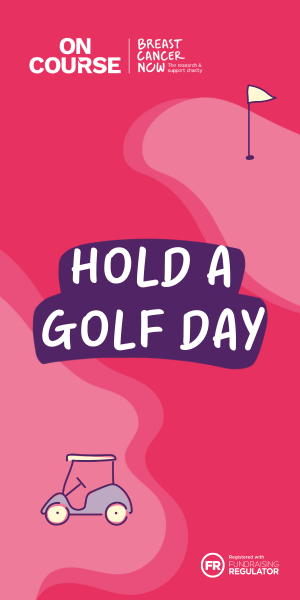Has increasing the maximum handicap limit to 54 been positive for women's golf? Charlotte looks at a different side of the story.
A few weeks ago, I wrote an article discussing the potential drawbacks of raising the handicap limit in golf to 54.
The World Handicap System and all its quirks is a topic I’ve written a lot about before. And if you’ve read any of my articles, you’ll know I’ve always been pretty black and white in my opinion on increasing the handicap limit to 54: I don’t think it has been positive for women’s golf.
And from the responses I’ve had following my articles, a lot of you agree with me.
But then I received an email from a reader that made me think there are a lot of grey areas I haven’t thought about. And I’m not too humble to admit that I’m starting to pivot on my opinion.
Sharing her perspective as a high handicapper, the reader’s insights shed light on the importance of inclusivity and camaraderie in the sport.
I am one of the dreaded high handicappers, playing off 50. I first had lessons over 20 years ago, have been playing at a club for over 10 years and I admit I’m not the best at sports.
But, and it’s a BIG but, golf provides me (and lots of other people) with friendship and exercise. It’s not always about competition and winning, although I have managed to win a few stablefords within my division.
If I don’t get to play with many low handicappers, we’ll that’s ok. I have a lovely group of ladies who I enjoy playing with and they enjoy playing with me.
Would I care if the handicap was revised back to a maximum of 36? No, I would not. This would at the very least stop the constant shaming and back chat aimed at high handicappers – I’ve been made to feel embarrassed about my handicap by a minority of women.
We are constantly reminded in the media about the benefits of sport, both physically and mentally, but sport is not just for those who are achievers, it is open to everyone.
Over 20% of women golfers have a handicap of 36+
Interestingly, the reader’s email also coincided with stats from England Golf showing that 21.4% of women who are club members in England – almost 21,000 people – have a Handicap Index of 36.0 – 54.0.
When I say I was stunned by that statistic, I am not exaggerating.
That means that over a fifth of female golfers, in theory, wouldn’t have a handicap were it not for the index increase to 54.
OK, some of those women will be new to the sport and their handicaps will come down. But some of them won’t, and they’ll still have the chance to play and enjoy the game fairly.
I think it also shows that golf is a sport that transcends skill levels. For a lot of people, the game is about fostering connections and sharing experiences, finding a sense of community and belonging. And by increasing the handicap limit, more people will be able to experience that.
How do we find a middle ground?
Ultimately, no player should be made to feel embarrassed or unwelcome in the game, regardless of their gender, skill level or anything else. And we should all be making an effort to cultivate a culture of inclusivity and acceptance.
And on reflection, I think that’s my issue with the handicap increase to 54.
Yes, increasing the handicap limit is clearly fulfilling its objective of helping to drive participation – but it is skewed to a particular demographic of golfer. There is, evidently, a rise in the number of women moving away from competitive golf; we’re hearing more and more how low handicap golfers who have been in the sport for years no longer entering matches and competitions.
And that can’t be good for the game. You need competition and elite players for any sport to thrive.
But there must be a middle ground. A place where everyone can be involved in and enjoy the game – and feel accepted – at whatever level they choose.
I know the handicap limit has been 54 for some time in France and other European countries, and it works well there. So maybe it’s just a question of time …
What do you think? I'd love to hear your thoughts! Email [email protected].















